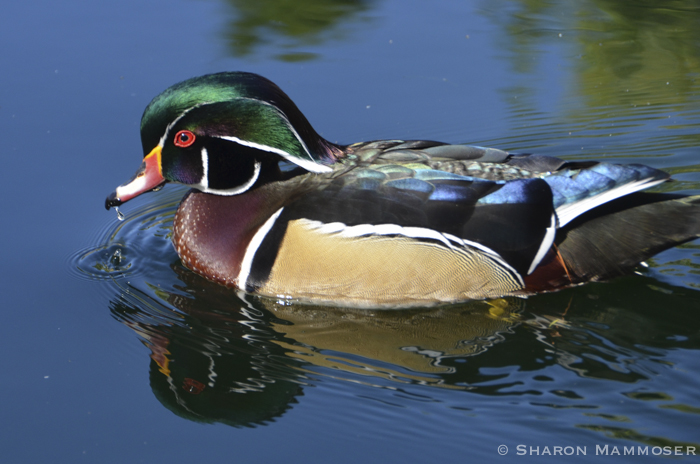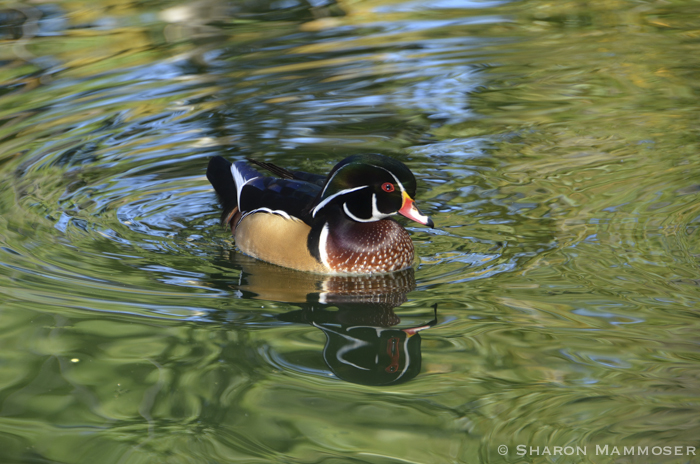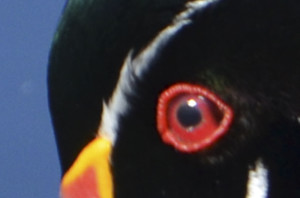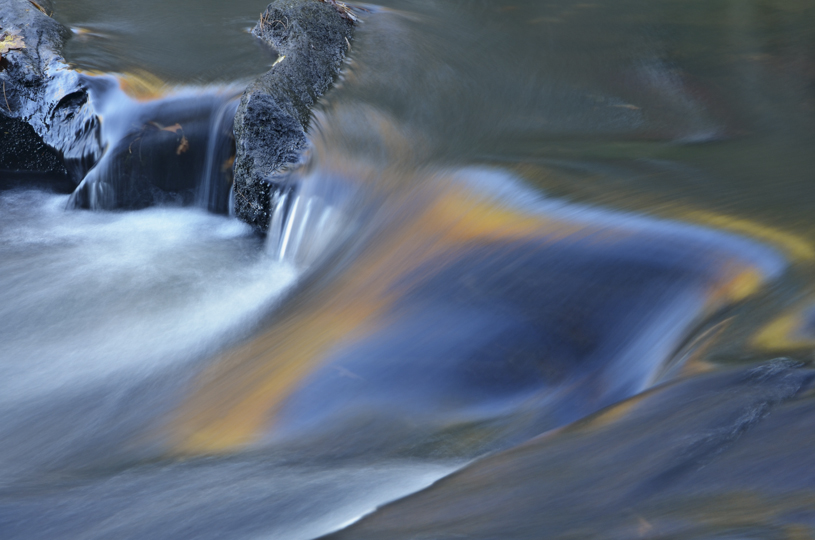 The answer to last week’s puzzler is the WOOD DUCK. If you’ve ever been lucky enough to see this duck up close you know that this is one of the most stunning ducks you’ll ever see. With their iridescent heads, red eyes and bills, they resemble the painting of a child who was intent on using ALL of the crayon colors!
The answer to last week’s puzzler is the WOOD DUCK. If you’ve ever been lucky enough to see this duck up close you know that this is one of the most stunning ducks you’ll ever see. With their iridescent heads, red eyes and bills, they resemble the painting of a child who was intent on using ALL of the crayon colors!
Wood ducks, who live in wooded swamps, are notoriously secretive, spending time in the shade along the banks of the river or pond, not bolding venturing out like mallards or other ducks.
Here are some interesting things you may not know about Wood Ducks:
1. Wood ducks are one of the few ducks with strong claws, which they use for gripping trees. It is not unusual to for them to be hanging out in the treetops, a practice uncommon in other ducks. Compared to their wing length, wood ducks have the broadest wings of any duck, allowing them to fly through trees and branches where they live. 
2 Wood ducks are cavity nesters, using hollows in trees or, if readily available, wood duck boxes. They cannot make their own holes. While they prefer nesting in trees that overhang water, they will choose a spot up to a half mile away from the water. This makes things especially challenging for the ducklings because amazingly, they leave the box when they are just ONE DAY OLD! Born with feathers, they are coaxed from the box by the female, who will wait below and call them out. Using claws on their feet, they climb the wood and then will jump from their nest to the ground, without being able yet to fly. Once on the ground they will travel with the mother duck to water, where she will continue to care for them. They will be able to fly after about 9 weeks. Only 30-40% of the brood will survive the first 90 days as they are very vulnerable to predators such as raccoons, hawks, owls, snakes, snapping turtles, foxes and coyotes.
 3. Wood ducks have the largest eye of any duck and in the male it is bright red. Females have a white ring around their eyes, the only duck species with this characteristic.
3. Wood ducks have the largest eye of any duck and in the male it is bright red. Females have a white ring around their eyes, the only duck species with this characteristic.
4. The diet of wood ducks changes throughout their lifetime. When the are young they feed mostly on invertebrates and fish. As they get older it switches to plants, seeds, nuts, including acorns, and organic matter. They will also eat aquatic and land invertebrates.
5. The life span of a wood duck is 4 years.
6. If a female wood duck cannot find a nest of her own, she will readily lay her eggs in another wood duck’s nest. People refer to this as a “dump” box or compound nest. The original owner of the nest will begin incubation only after all of her eggs have been laid. She usually lays just one egg each day. On average she lays 12 bone white eggs, but the nest may contain as many as 40 eggs! Females incubate for 28-32 days. During this time she will leave the nest twice daily to feed, usually for about 30 minutes each time. Females who “dumped” eggs in other boxes may have their own broods later in the season.
7. The baby ducks usually make their jumps from the box between 7-9am on the day after they hatched, but may leave as late as noon.
8. Starlings are one of the greatest threats to wood ducks as they compete aggressively for the boxes or cavities, to the point of not allowing the female wood duck to enter the box/cavity. They can wipe out local populations as nesting places are often hard to find, especially if people harvest or knock down dead trees that may contain hollows the wood ducks might utilize.
9. Wood ducks breed in most of the south and eastern United States, as well as into Canada and British Columbia along the Pacific Coast.

10. In the early 1900’s wood ducks were on the brink of extinction from habitat loss, market shooting and hunting that extended into the breeding season. In 1918, with the implementation of the Migratory Bird Treaty Act in Canada and the United States, the practice of market shooting was outlawed and limits were set. Along with construction and placement of nest boxes, they have had a remarkable comeback, no longer listed as a threatened species. Good thing because now we can all enjoy these most beautiful ducks that grace our wetlands.
Resources:


1 thought on “Weekly Puzzler Answer #33”
Comments are closed.